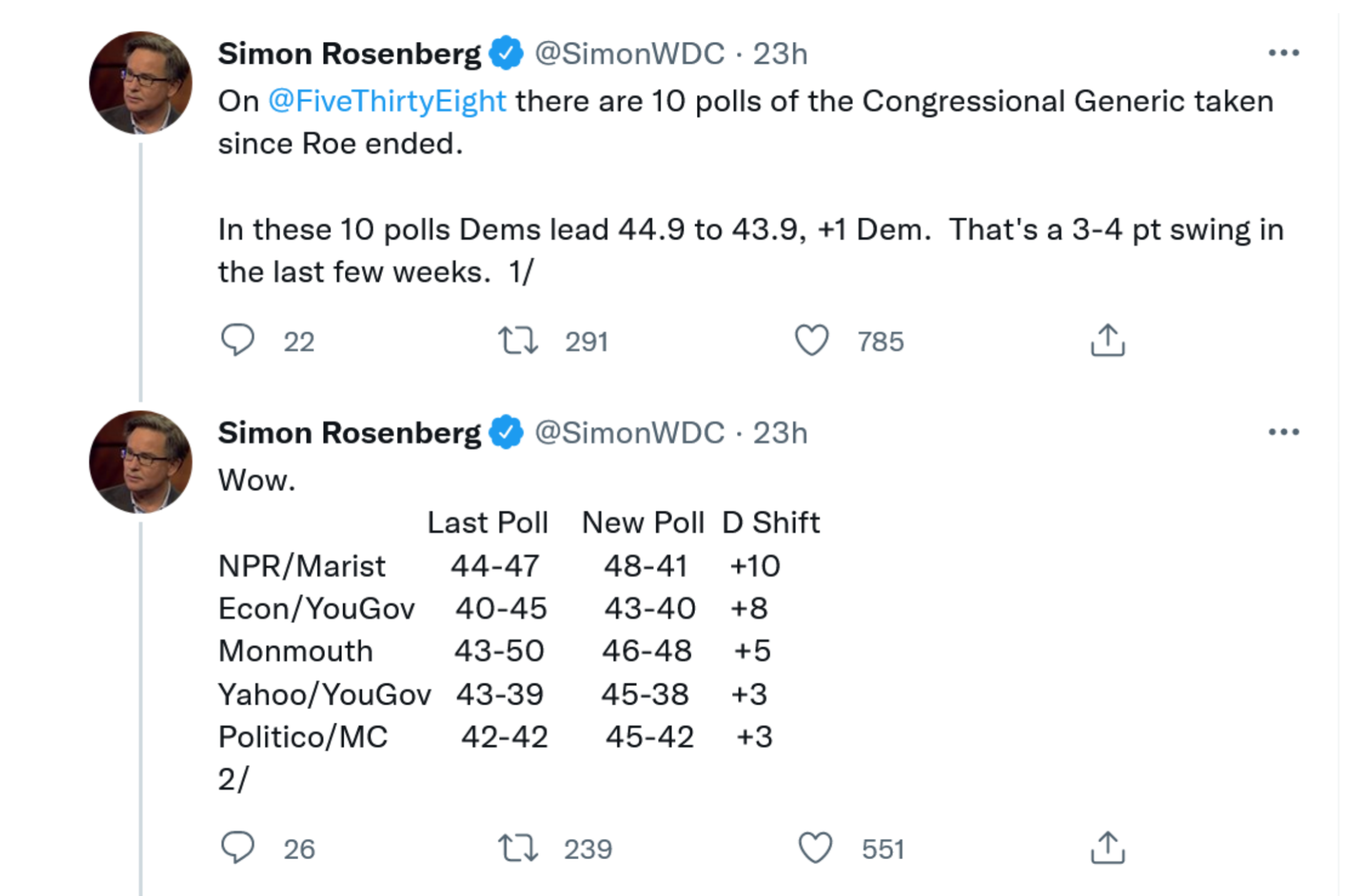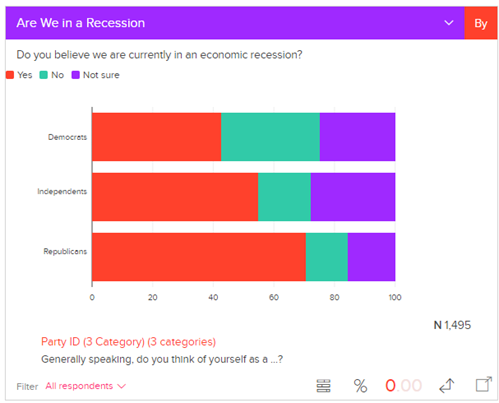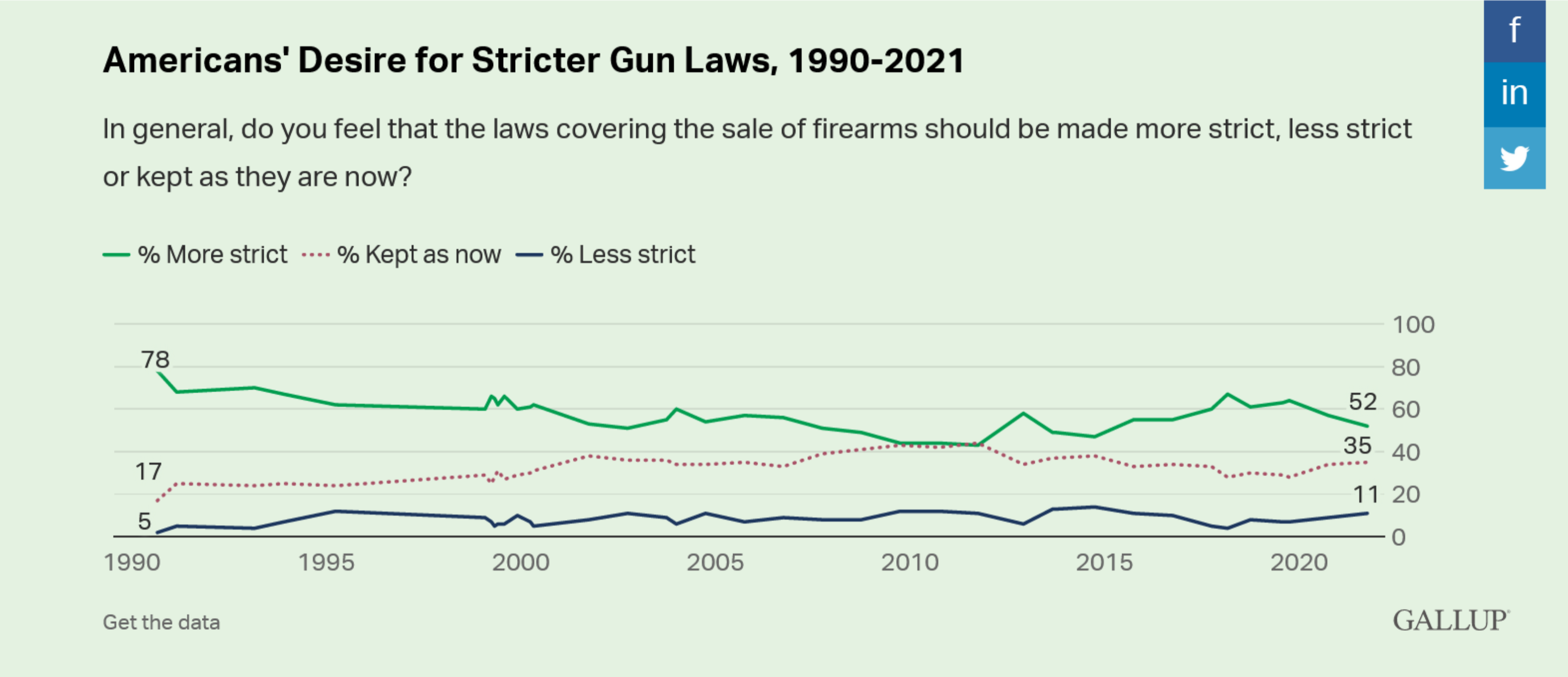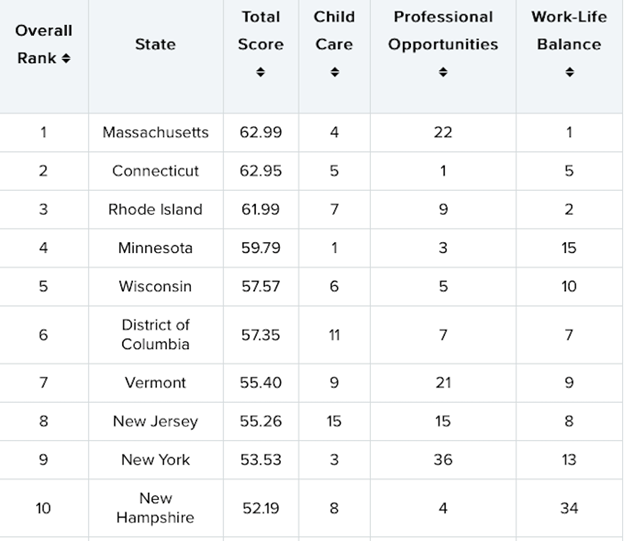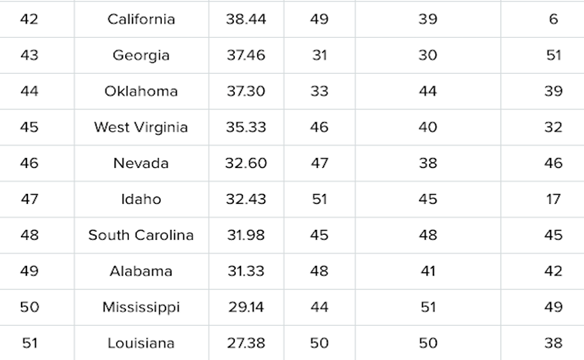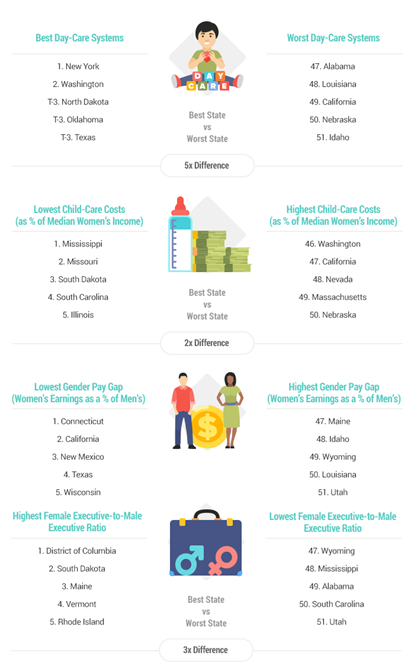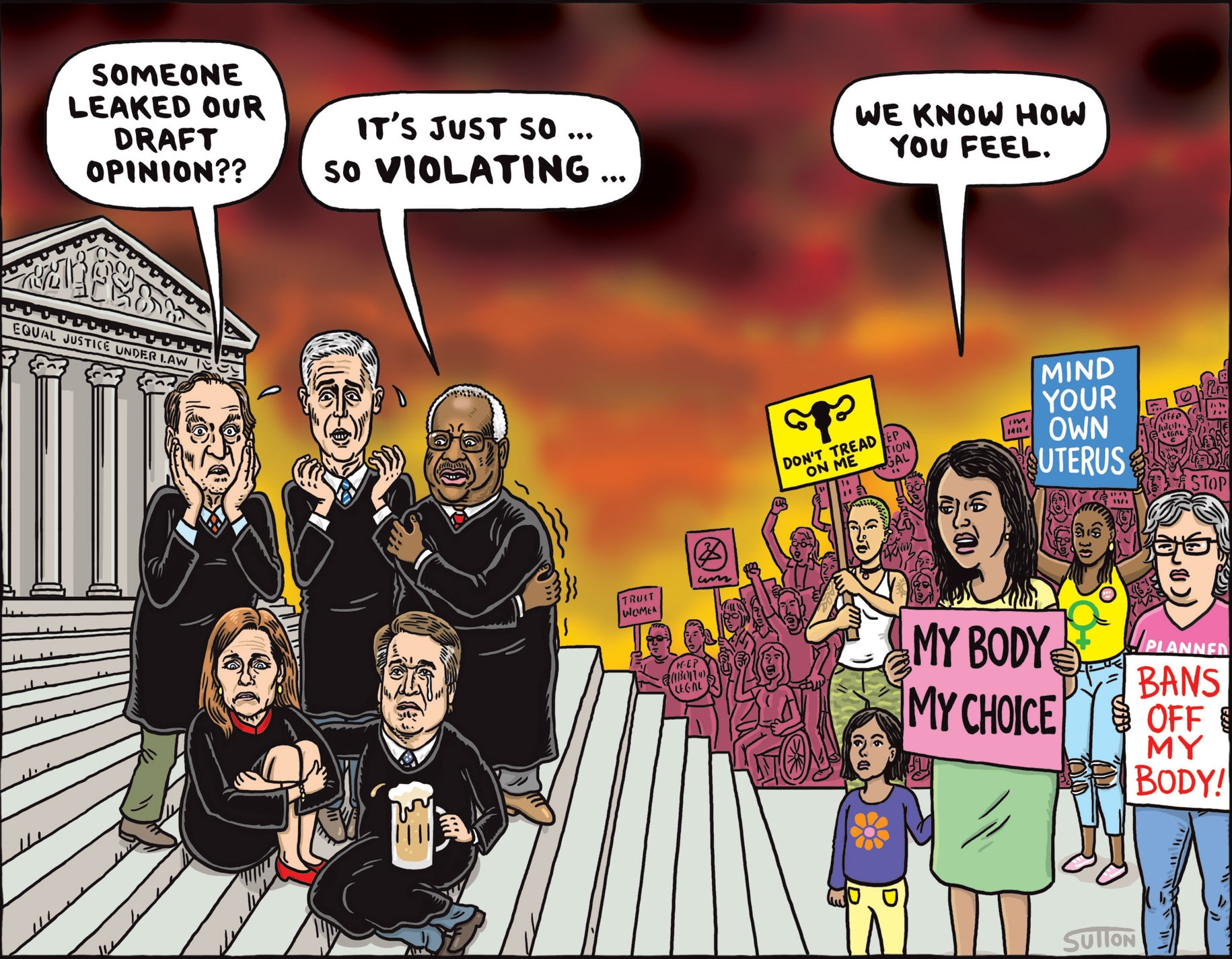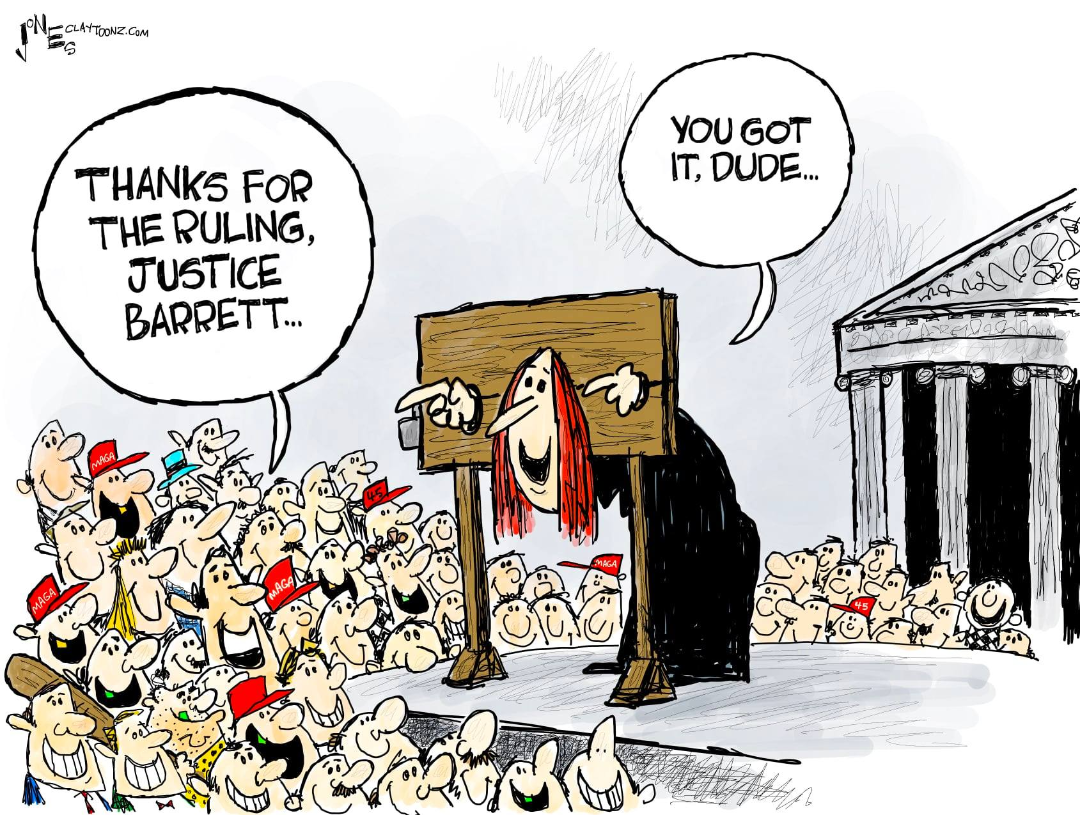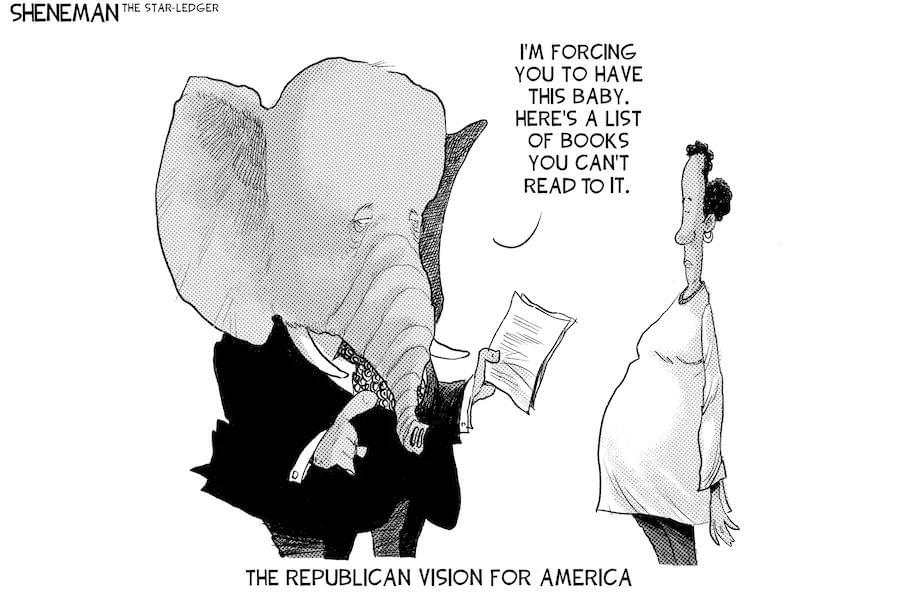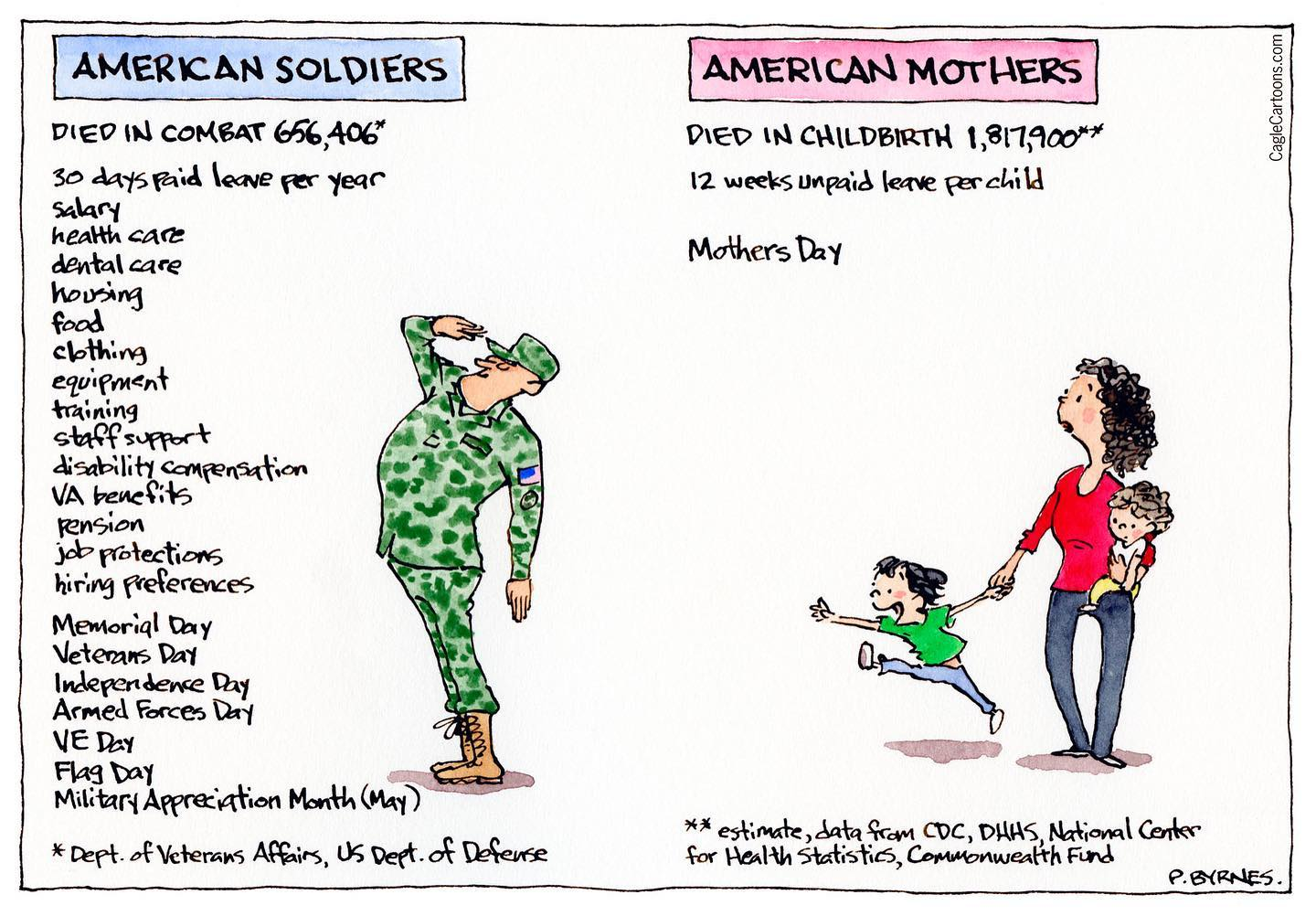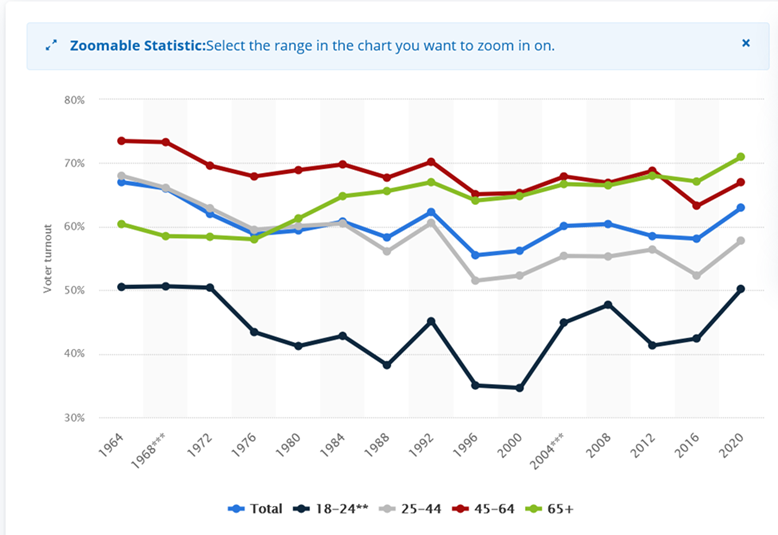The Daily Escape:

Early morning, Garden of the Gods, Colorado Springs, CO – July 2022 photo by Steve Volke
In an op-ed in the WaPo on July 9, Biden focused on security and said his administration had “reversed the blank-check policy we inherited” for Saudi Arabia:
“From the start, my aim was to reorient — but not rupture — relations with a country that’s been a strategic partner for 80 years,”
Biden started his trip in Israel, and according to al-Monitor, his visit to Israel is mostly about Iran:
“The visit is expected to take US-Israel defense cooperation to a whole new level with an eye toward Iran and a plan B in case the nuclear talks collapse, or as a deterrent posture, even if they do.”
This signals to Wrongo that Biden has very low expectations that a return to the Iran Nuclear Deal is possible. It’s also probable that Biden doesn’t want the Nuclear Deal to be another political football in the 2022 mid-terms. We also learned this week that Iran will be supplying drones to the Russians, ostensibly to use in Ukraine, another reason to further isolate Iran rather than close the Nuclear Deal.
Biden will also try to create a new initiative tying Saudi Arabia into an eventual participation in the Abraham Accords. He’s also seeking an agreement with the Saudis that would permit Israeli commercial jets to fly over Saudi airspace.
Biden’s visit comes when Israel is holding its fifth election in under four years in November after the government headed by PM Naftali Bennett collapsed last month. The previous four elections were largely referendums on Netanyahu’s fitness to serve as PM while under indictment for corruption. Of note, former Prime Minister (and accused felon) Netanyahu only got a 15 minute audience with Biden on Thursday.
Biden visits East Jerusalem and the West Bank today, meeting with Palestinian President Mahmoud Abbas. His reception will be frosty. Biden has angered Palestinians when he said on Wednesday that a two-state solution was not feasible “in the near term”, although he walked that back later in the visit. Biden will also announce a $100 million grant to six hospitals in East Jerusalem.
Later on Friday, Biden touches down in Saudi Arabia, the country he said was a “pariah.” According to Bloomberg, this visit follows months of shuttle diplomacy that attempted to repair the alliance.
A pressing decision for Biden this week may be choosing an appropriate greeting for the Saudi leader he said he would snub. And his decision is more complicated after Biden had an extended handshake with Netanyahu, and then couldn’t seem to stop doing the same with other Israeli officials.
Bloomberg says that Biden wasn’t supposed to shake hands with any foreign leaders during his Middle East trip, largely as a Covid precaution. That would also have helped avoid a handshake with Saudi Crown Prince Mohammad bin Salman. Now a handshake with the pariah in chief seems certain to happen.
The Saudi visit isn’t about American influence. Rather, it highlights America’s need to try to control its costs of energy. The “get” for Biden is whether Saudi Arabia will again be a swing producer of oil when American needs it. But the Saudis and the UAE are the only members of the OPEC with significant unused output. Together they have a buffer of about 3 million barrels a day, or about 3% of global oil output. That’s roughly equivalent to the amount of Russian oil that is being kept off the market by sanctions.
This is what Biden is bargaining for. Of course, he could cut a deal with Iran or Venezuela, but that would cause serious political fallout at home.
As Wrongo has said, world crude production and refining output are struggling to keep pace with the post-pandemic rebound in demand. It is clear that the price of gasoline remains a source of political peril for Biden heading to mid-term elections. So we’ll see how far Biden will bend to get an oil deal done, even though it won’t do much for gas prices.
The other big thing that may come from meeting the Saudis would be to weld Saudi Arabia into the anti-Iran Middle East military alliance that Israel wants. To facilitate this, the Biden administration is considering lifting its ban on selling offensive weapons to Saudi Arabia.
That’s a huge turnaround. Just days after taking the presidential oath, Biden announced the US planned to cut off arms sales for Saudi Arabia’s operations in Yemen, and reverse the decision to designate the Iranian-backed Houthis as a terrorist organization.
Eighteen months later, there’s a cease-fire in Yemen, an underreported diplomatic victory for Biden. It’s proving more durable than anyone thought, and the US is again thinking about selling the Saudis more weapons.
Whatever the outcome of Biden’s trip, the US remains overcommitted in the ME, so the quagmire will continue.


